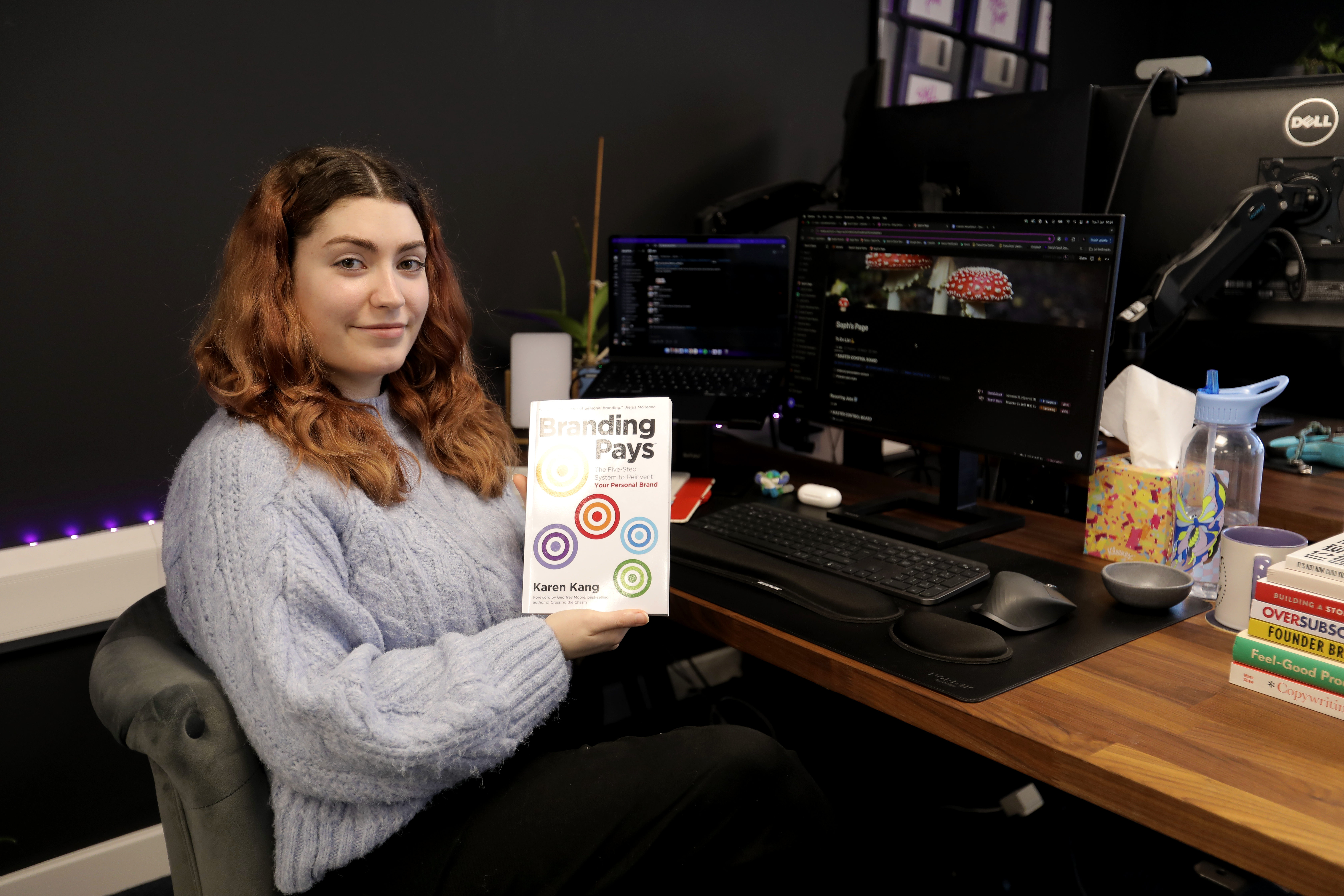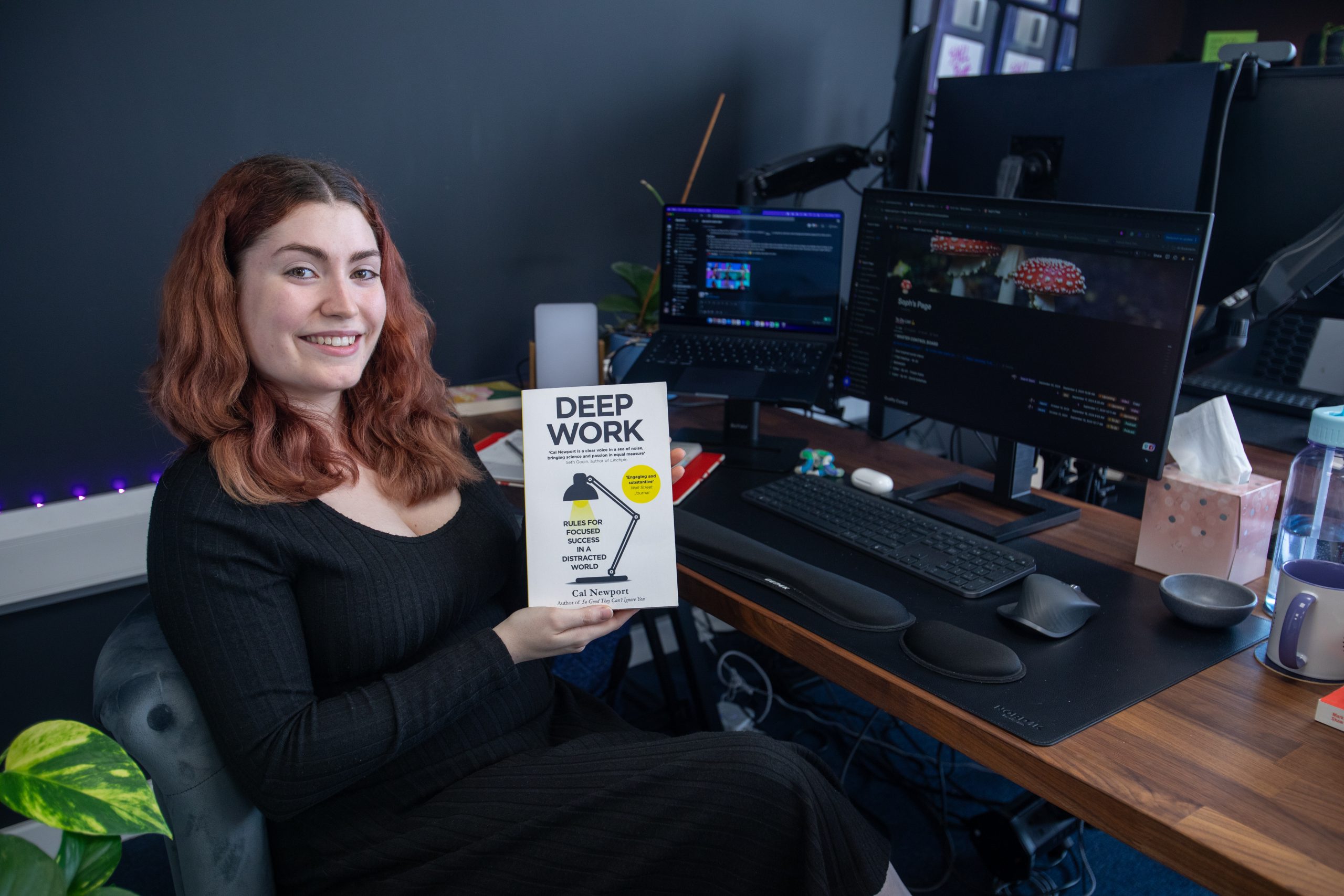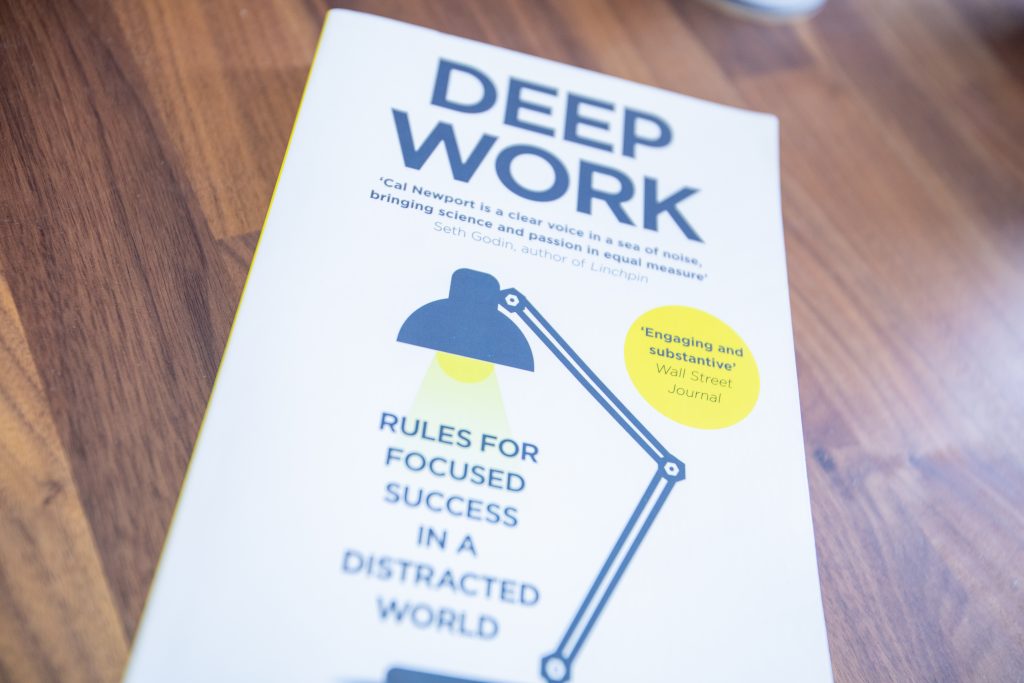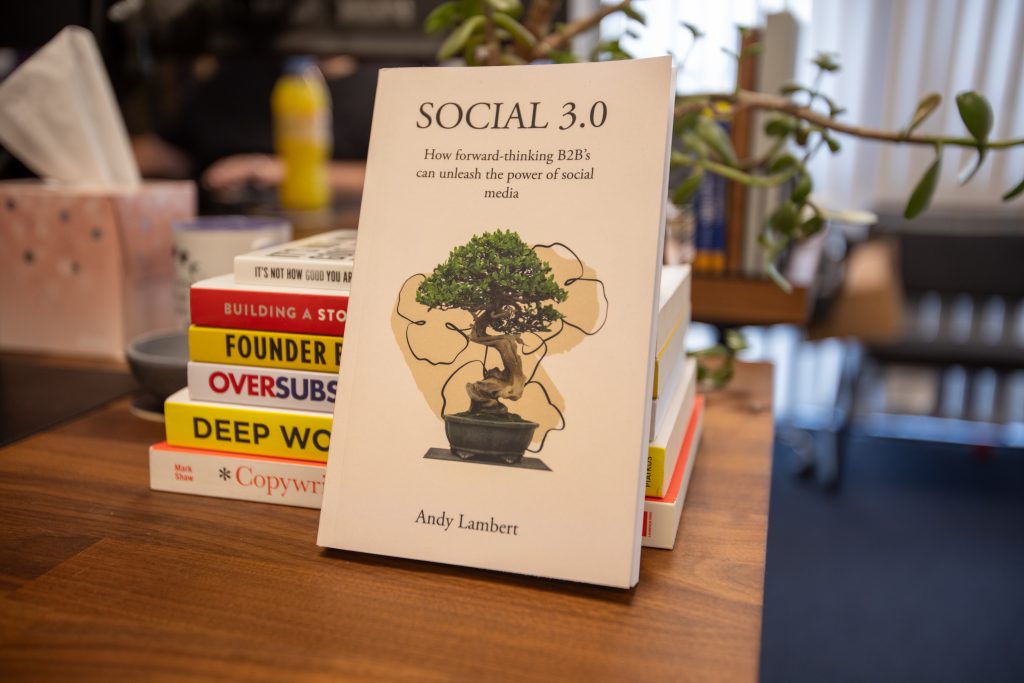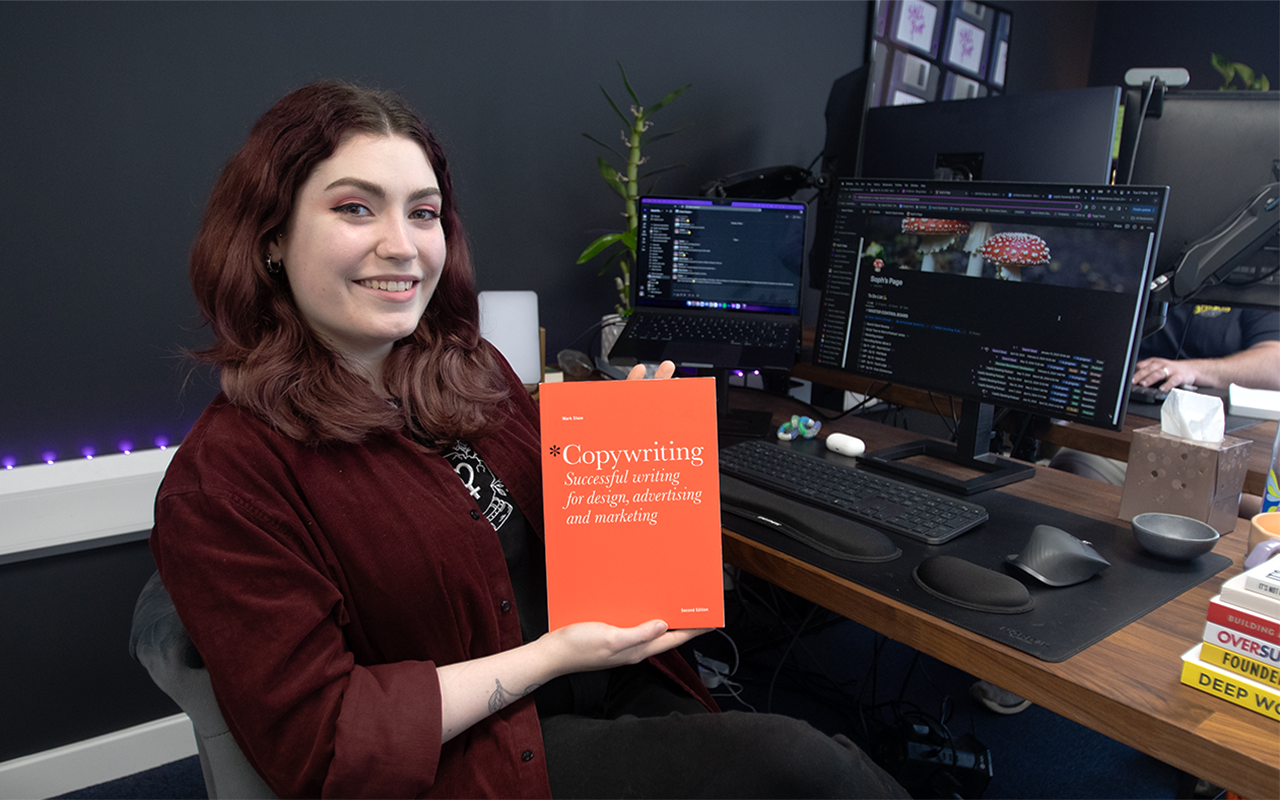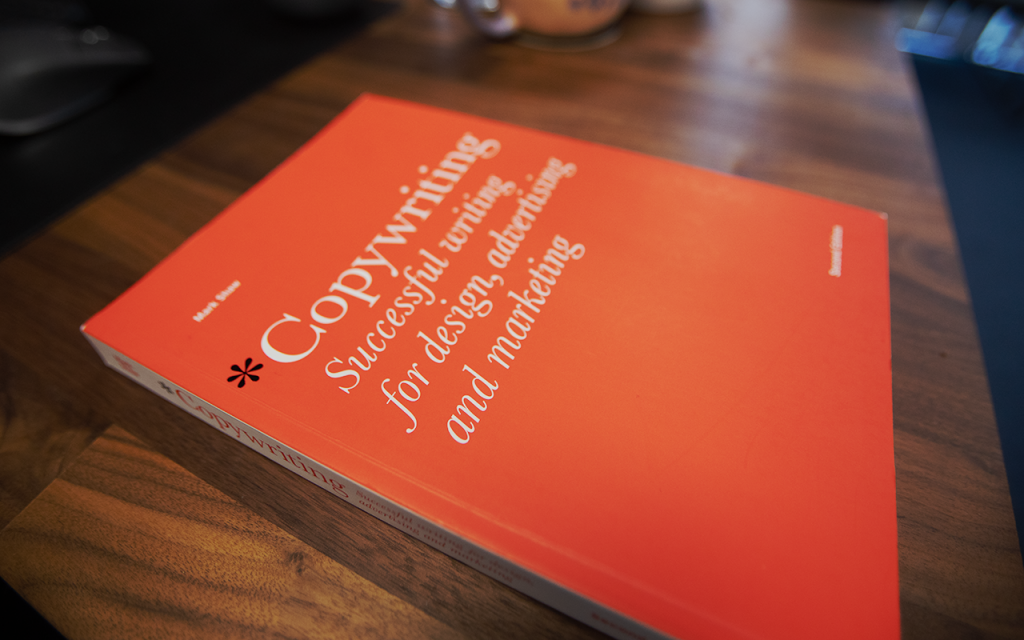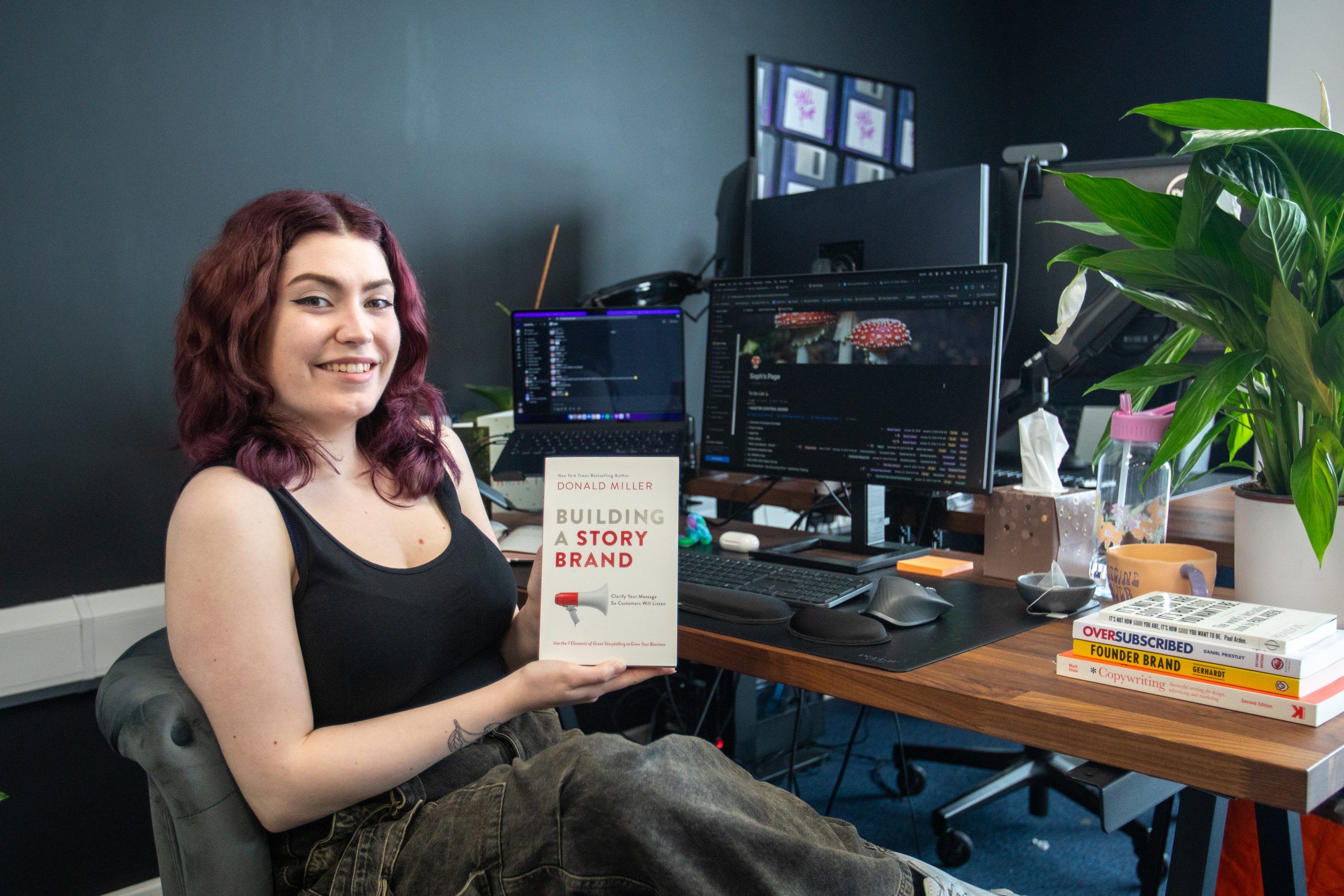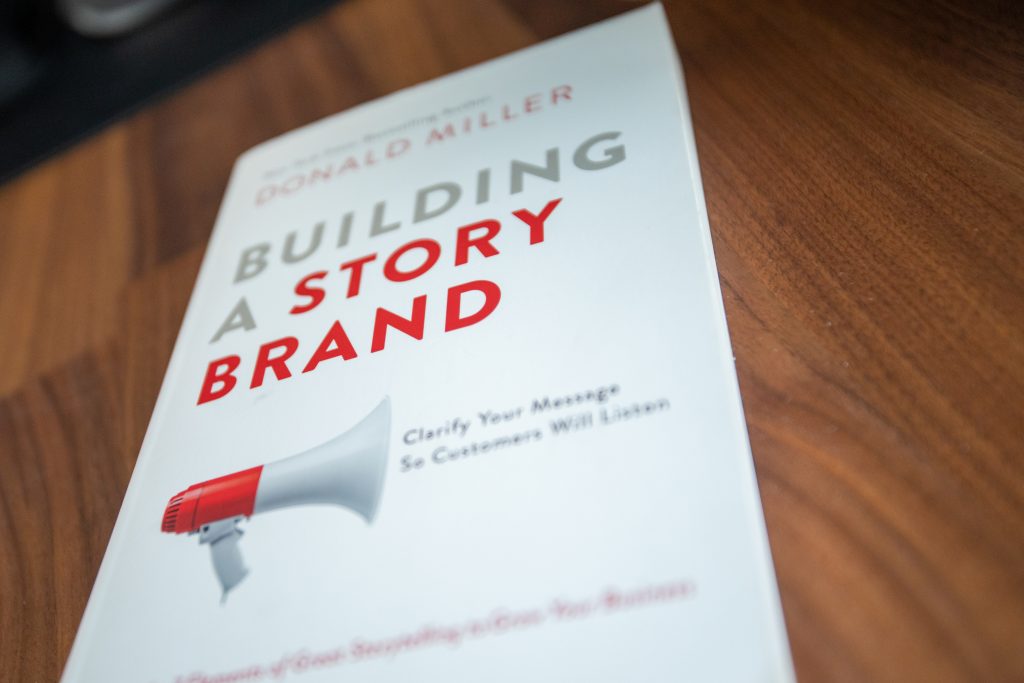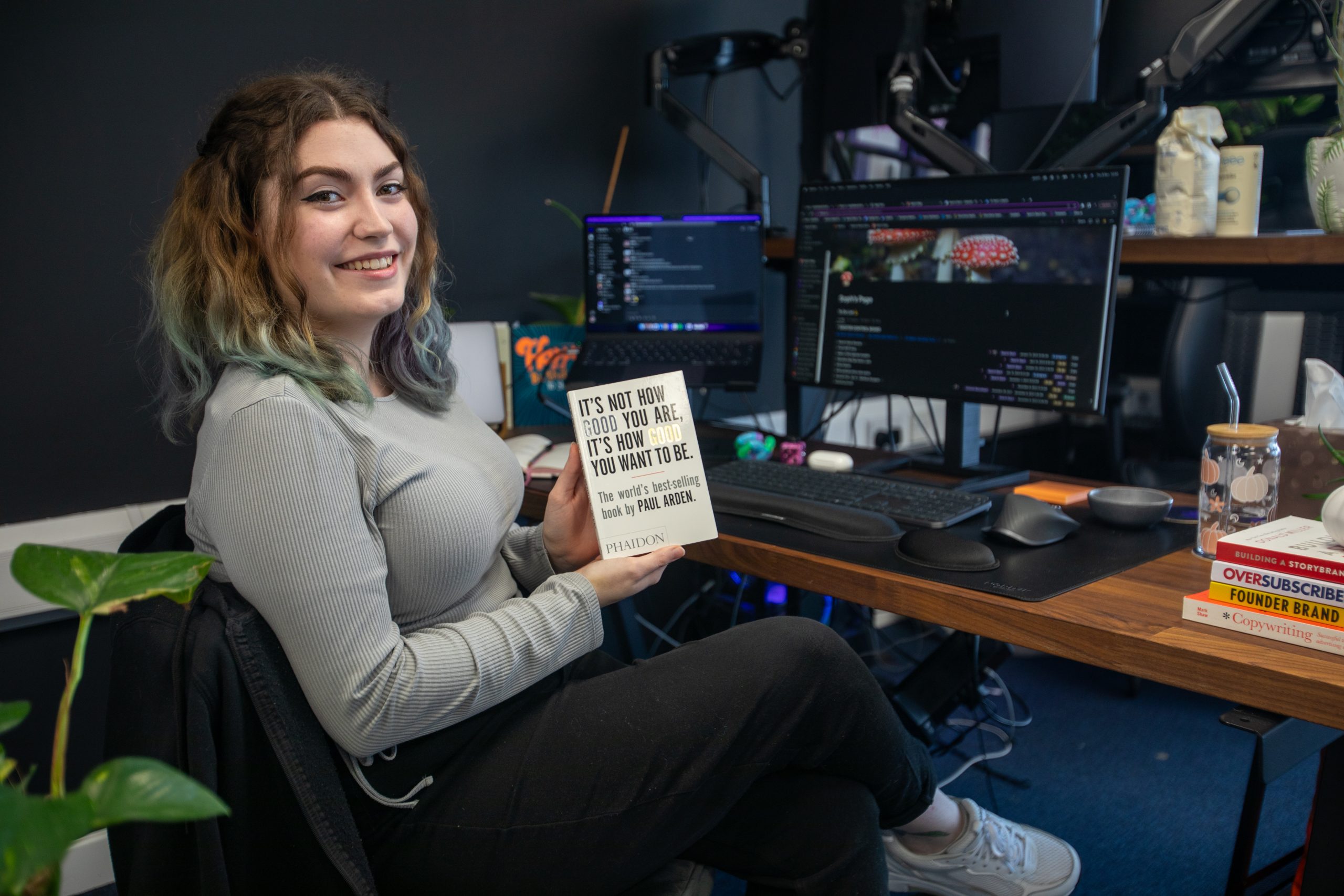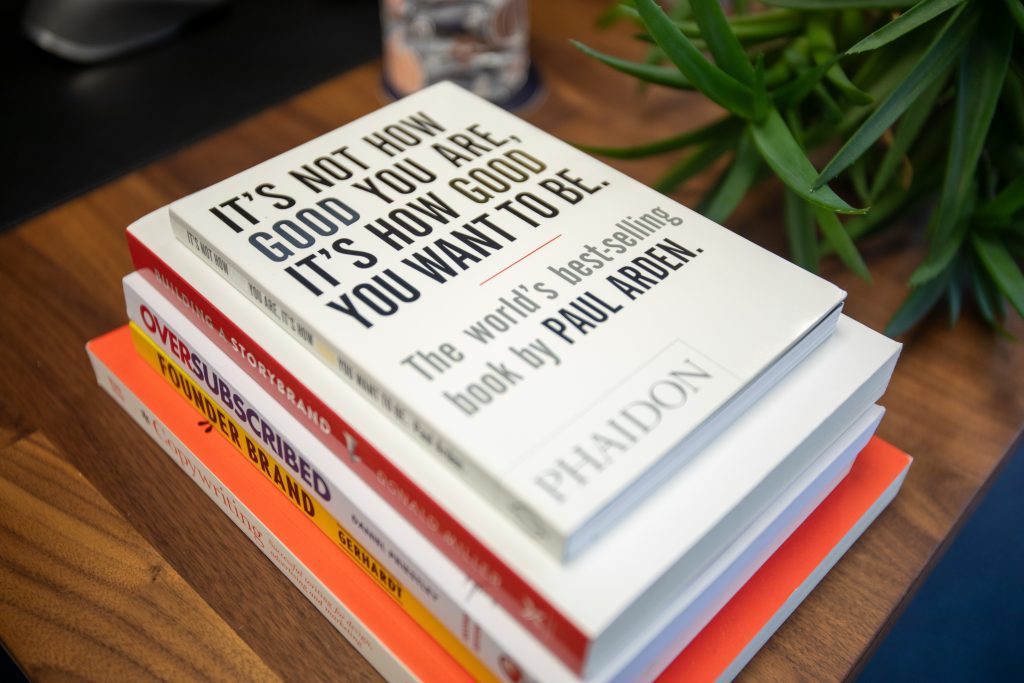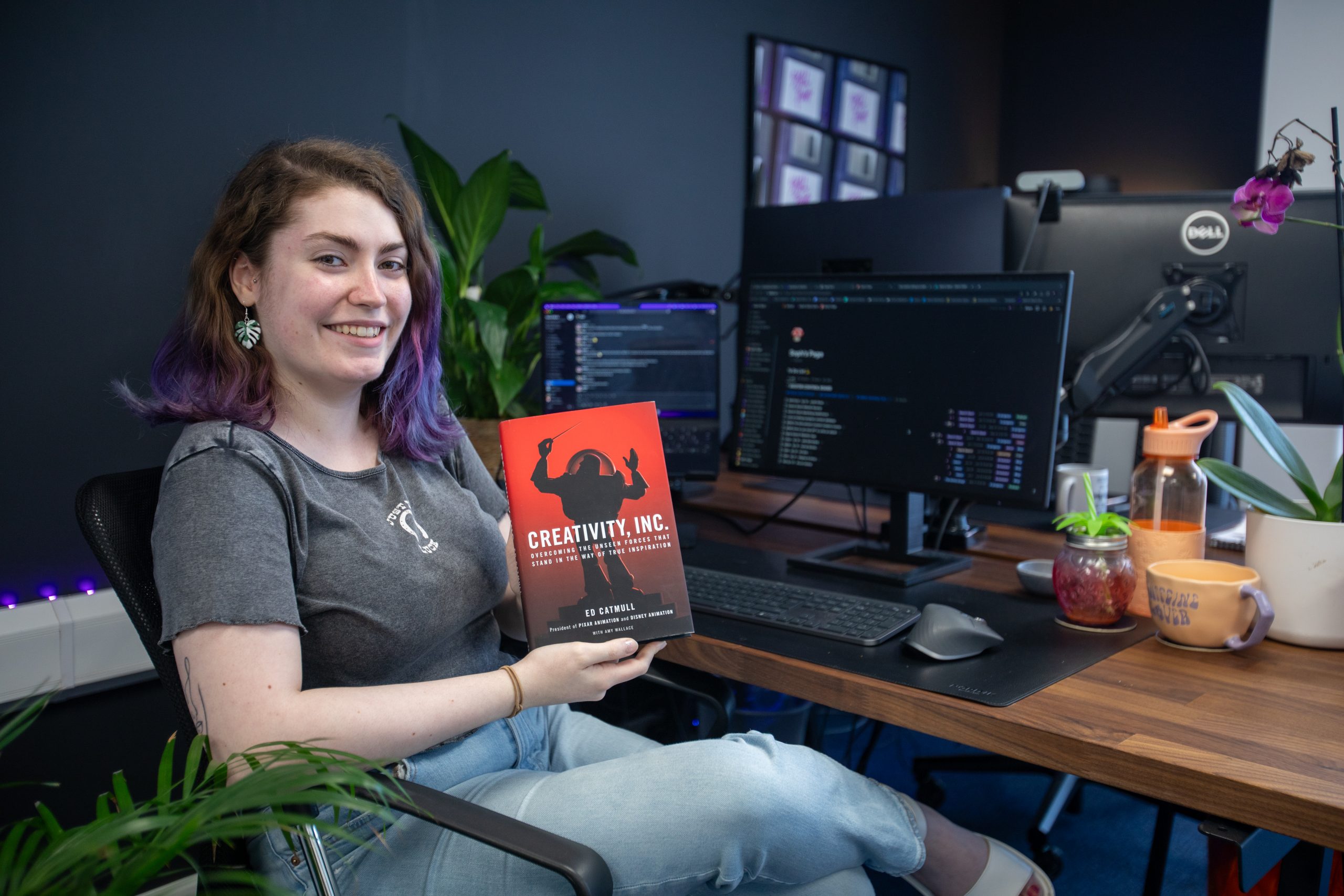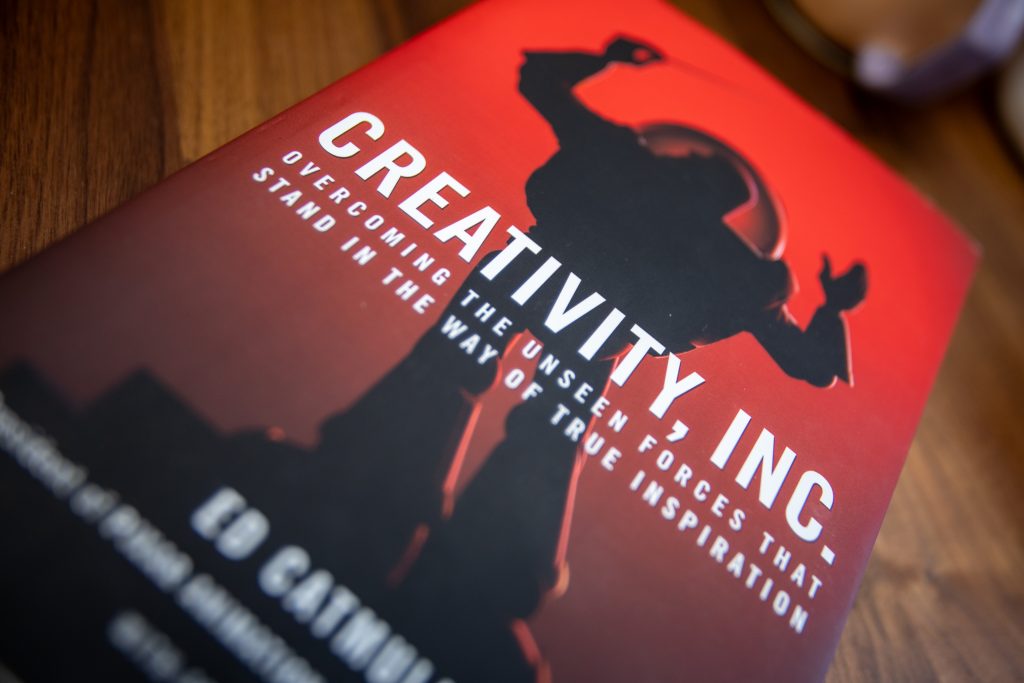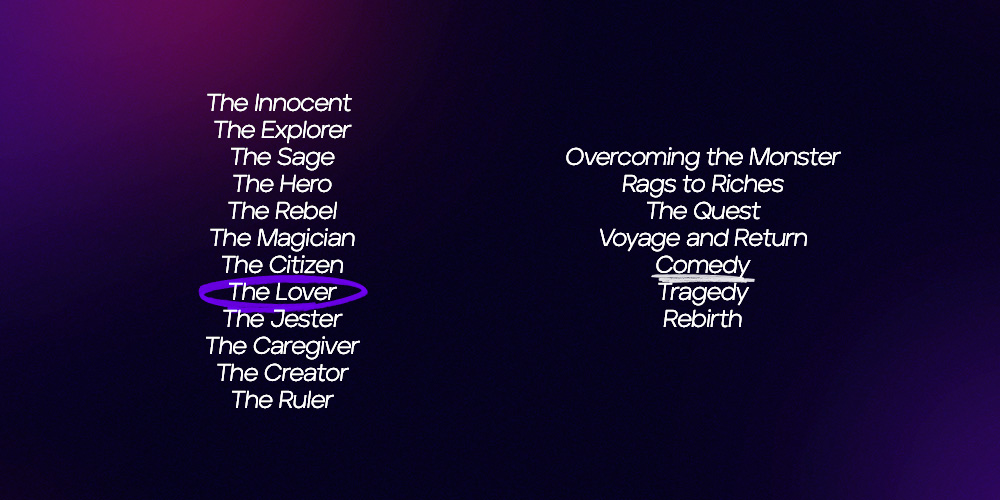Usually, when a book makes me feel things, it ends up with a five-star review. Not this one. This one had me absolutely raging. BrandingPays by Karen Kang is one of the most frustrating books I’ve ever read. It ruined a perfectly good premise by including a shocking amount of sexism and some anti-neurodivergent advice for good measure. The annoying thing is that the first six chapters of the book were pretty good. It’s full of solid advice, engaging case studies, and plenty of frameworks and diagrams to help you do it all yourself. I was fully prepared to give it a solid four-star review until Chapter 7. But let’s get into why I didn’t.
What’s inside?
Before I start ranting about all the things that made BrandingPays my lowest-rated book of the year, it’s only fair that I tell you about the six good chapters that I would recommend reading.
First up is the foreword. Karen starts the book by saying that personal branding is an essential part of everybody’s job. Whether you think of it as your reputation, personal brand, or online footprint, we all have one, and being in control of it is one of the best things you can do for your career. So far, Karen and I are in complete agreement.
BrandingPays also includes some personal branding myth-busting, like ‘self-promotion isn’t boastful and bad – we need to dispel these myths so that you can start on your personal branding journey without being sabotaged by a brand-hindering belief system.’ As someone who passionately hates promoting myself online, sometimes I need a little reminder like that, even if it is a little brand-motivated for my tastes.
The first six chapters of the book set out a helpful system for establishing a personal brand. Karen reiterates throughout the book that your personal brand has to have ‘cake and icing’ – aka value and emotional connection. She also talked about who to position your personal brand for, with plenty of advice on how to identify and connect with your target audience. She even used a bunch of case studies of previous clients’ personal brands and how her framework helped them achieve their goals. Karen returned to the same people’s stories throughout the book, which gave it a nice consistency and narrative arc.
I do have to caveat this by noting that BrandingPays was published in 2013, so some of the language and references are pretty outdated. It also contains a lot of figures and tables, so it often reads more like a presentation or course than an actual book. I know books like this are written for chronically online people, and you can call me old-fashioned, but I like a book that knows it’s a book and reads like one.
Also, half a paragraph was repeated word-for-word two pages apart, which gave me an uncanny sense of deja vu.
Karen then told me to google myself, and all I can say is oh boy. Why is my Pinterest account on the first page of Google’s search results? How are there so many pictures of me online? (Spoiler, it’s because I put them there.) Apparently I’m the most famous Sophie Colclough in the world. Either that or Google knows who I was looking for, and I don’t know which of those options is more unsettling.
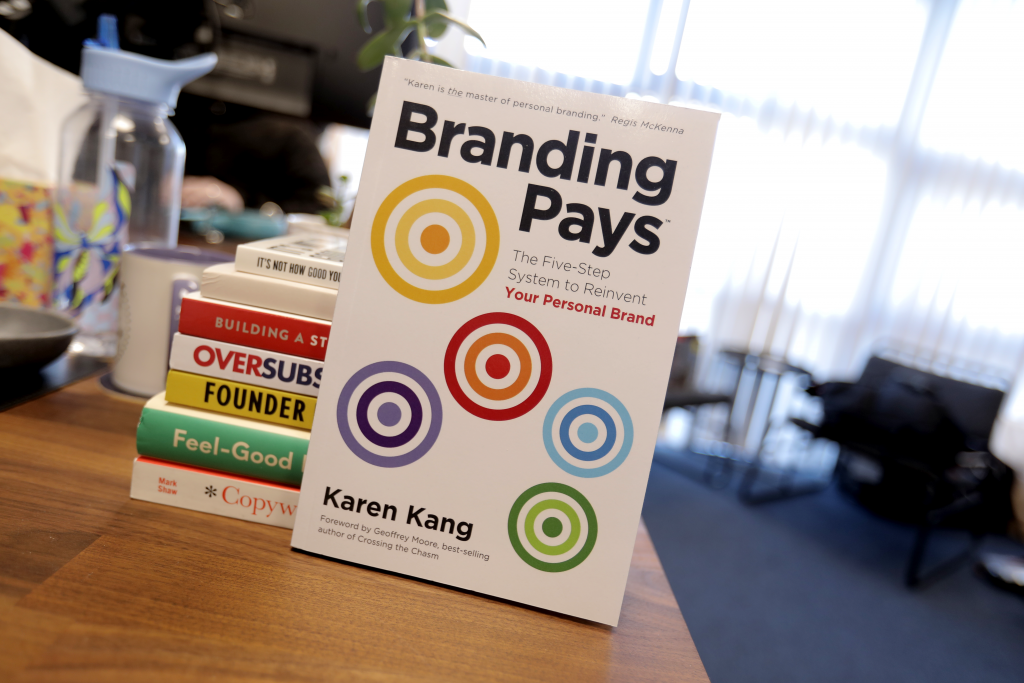
Now, let’s move on to the book’s downright bad bits. I’ve already mentioned that some of the language is quite dated, which, for the first few chapters, I was willing to overlook, even when it came to describing people’s appearance. That was before Karen started talking about makeup. She suggested that women should wear makeup to be more ‘pleasing,’ which immediately gave me the ick.
She then said that wearing makeup would help women be more ‘visible’ and avoid ‘blending into their work environments’. If women blend in, surely other people do too? Why aren’t we telling men to wear foundation to work, Karen? She even started giving specific tips like this:
“A woman’s makeup should enhance her beauty, not be a mask. Use a light touch with makeup so it looks natural. A little concealer dabbed under your eyes will eliminate dark circles that can make you look tired. Avoid overdone makeup – too much blush or eyeshadow or an overly dark lipstick shade will detract from your professional image.”
I understand that over a decade ago that was probably just standard advice on how to look professional, yet I can’t help but feel that it smacks of subtle sexism. Why are we policing women’s image in the workplace? It’s the 21st century!
Then there was the comment about kimchi. Karen continued to flout her double standards while discussing personal hygiene by strongly implying that women have to be fresh and perfect in the workplace, while men can wallow in whatever unwashed or unbrushed state they want. Karen said, “When I was in Korea, where a pungent pickle called kimchi is eaten regularly, I noticed that nearly every woman in the office building brushed her teeth after lunch.” Why just the women? Why are we pointing it out? Everybody gets bad breath sometimes, Karen!
She then went on to criticise people’s eyewear. By the time she’d said, “Pay for thinner lenses since thick, ‘bottle glass’ eyewear is less attractive”, my internal monologue was repeating the mantra ‘You can’t say that Karen!’ on a loop. Like, I’m sorry, are we shaming people for not having 20/20 vision now, Karen?
To top it all off, she sprinkled in some ableist comments on page 152. She seemed to be specifically targeting the neurodivergent community when she wrote, “A rambling elevator pitch punctuated by too many ums and ahs, fidgeting hands and nervous blinking can cast doubt on your presence and communications capability.” This was followed by comments about lowering high-pitched voices, modulating your voice to sound more interesting, and smiling to sound more lively. All of these mannerisms are indicative of anxiety or neurodiversity, and some of them, like ‘fidgeting hands’, are common regulation techniques.
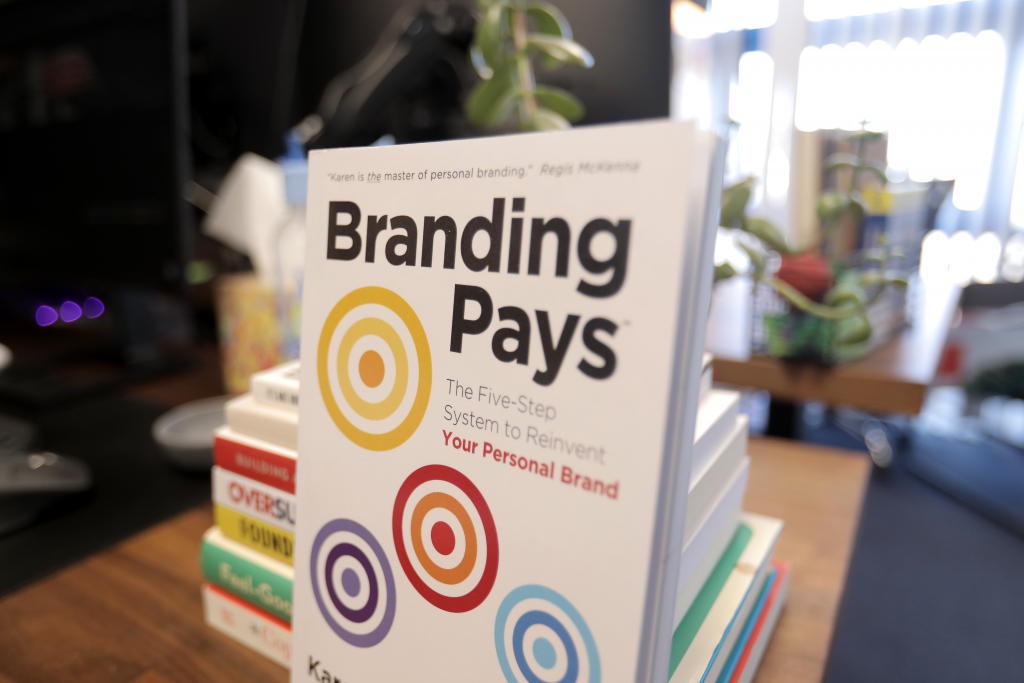
I would hope that if Karen updated BrandingPays today, she would have done some inclusivity training and would be aware of things like unconscious bias. She would probably know how to write about coming across confidently in a way that didn’t directly discriminate against a huge proportion of the neurodivergent community. What irked me so deeply is that attitudes like Karen’s have led to underemployment for huge swathes of the community. These outdated ideas about what ‘professionalism’ is have led to disabled people not being able to work, even though they would really like to.
To be honest, that ruined the book for me. While I can acknowledge that those comments came from a time when saying them might not have been so wildly politically incorrect, I also have to acknowledge that I am reading them now with my current sensibilities. They might be too delicate, but I don’t think acceptance and equitable opportunities are bad things to care about.
My recommendation:
Overall, BrandingPays was a pretty good book. If you can look past dated ideals of what professionalism should look like, Karen’s advice for personal branding seems as solid as any other that I’ve read. Unfortunately, my reading experience was thoroughly ruined by her implication that I should reject comfort and authenticity in order to be perceived as worthy and respectable in the corporate world. Although it started as a four-star book, it lost one star for the rampant sexism and one for the slightly more subtle ableism, so I’ve only given it two.
Rating: 💜💜🤍🤍🤍
TL;DR
BrandingPays is full of really solid advice for building and tailoring your personal brand and has lots of charts and worksheets to help you do so. If you’re not bothered by some pretty old-fashioned ideas of what makes women and neurodivergent people acceptable to professional society, I would recommend giving it a read (but maybe stop at Chapter 7).
Want to chat about books? Find me on LinkedIn –> Sophie Colclough 🥰

